|
Josephus (Wars 5:4:2) writes amount the east wall of Yerushalayim, that at its end, "it was joined to the eastern stoa of the temple". Some (R' Yehosef Shwartz, in Tevu'os Ha'aretz chapter 7, Michael Avi-Yonah, in his famous model; the Holyland model, and others,) have understood this to mean that it joined the southeast corner of the Har Habayis, and the east wall of Har Habayis was also part of the east wall of the city, like it is today. However, this cannot be, as Rashi (סוכה נא ע"א ד"ה שלא היתה מאירה מאור בית השואיבה) seems to imply that (at least part) of Yerushalayim was to the east of the Har Habayis. Furthermore, the Gemarah (Shavuos 16a) talks about two areas on Har Hazeisim, which is located east of Yerushalayim, that were added to Yerushalayim. When Warren was exploring Yerushalayim, he dug a tunnel under the Arab cemetery east of Sha'ar Harachamim, in order to examine the underground part of the Har Habayis wall. He dug a shaft at a distance of 43.5 meters (143 feet) east of the wall, and then tried to dig a horizontal tunnel to the wall. However, 14 meters (46 feet) to the east of the Har Habayis wall, (which is 29.56 m [97 ft] away from the start of his tunnel,) his way was blocked by a massive stone wall, running parallel to the Har Habayis wall. To the north of the point where Warren found this wall, it turned slowly towards the west, apparently until it would have met the Har Habayis wall. (Warren attempted to break through this wall, but after getting in 1.5 meters (5 feet), this work was abandoned, as the stones were very big. This wall rose to a considerable height, and in fact, Warren writes that on top of it, in the Arab cemetery, there are some large stones lying on the same line as this wall. Warren also followed the wall for 4.5 meters (15 feet) to the south, but there was no sign of it stopping.) This wall was made of large stones, with marginal drafts and a rough protruding boss, like the stones of the middle part of the eastern Har Habayis wall. The stones are around 76 cm (2.5 ft) tall, and around 1.5 meters (5 feet) long. The wall is over 1.67 meters (5.5 feet) thick, as Warren made a hole in the wall that deep, but still didn't reach the other side. In between the stone courses, there is a 30 cm (12 in) gap, filled up with small stones, 15 cm (6 in) cube, packed into a peculiar cement, which looked like an argillaceous stone with a conchoidal fracture. The Arab workers that were with Warren said that it appeared to be made of lime, oil, and virgin red earth. This wall is the east wall of Yerushalayim, the fact that it turns and meets up with the east wall of Har Habayis is what Josephus refers to when he writes (Wars 5:4:2) that the eastern wall of Yerushalayim "joined to the eastern stoa of the temple". The strange construction of this wall, with the cement between the stone courses, could have been just in the lower part of this walls, as a result of levelling operations, which were needed since the bedrock here has a steep slope. Since the stones are similar to the masonry of the middle part of the eastern wall, it would seem that this wall is also from the time of the first Beis Hamikdash, or alternatively, from the beginning of the second Beis Hamikdash period. reference
Conder, Claude Reignier, and Warren, Charles. The Survey of Western Palestine: Jerusalem. London, 1884. Ritmeyer, Leen. The Quest: Revealing the Temple Mount in Jerusalem. Israel: Carta, 2006.
0 Comments
Leave a Reply. |
Website updatesI have added a new lego model of the Third Beis Hamikdash, with pictures and a video in the lego gallery. Categories
All
Archives
February 2024
AuthorMy name is Mendel Lewis. Hashem said to Yechezkel, "Its reading in the Torah is as great as its building. Go and say it to them, and they will occupy themselves to read the form of it in the Torah. And in reward for its reading, that they occupy themselves to read about it, I count it for them as if they were occupied with the building of it. (Tanchuma tzav 14) |
- Beis Hamikdash posts
-
sources
- Mishnayos Middos >
- Gemarah
- Rambam >
- Rishonim
- Sha'alos Uteshuvos HaRaDVaZ
- Shiltey Hagibborim
- Ma'aseh Choshev
- Chanukas Habayis (both) and biur Maharam Kazis on middos
- diagrams >
- Tavnis Heichal
- Be'er Hagolah
- Binyan Ariel
- Shevet Yehudah
- other
- Braisa D'Meleches Hamishkan
- Third Beis Hamikdash sefarim
- from Josephus-יוסיפון >
- קובץ מעלין בקדש
- Kuntres Klei Hamikdash
- Gallery
- videos
- 1st Beis Hamikdash
- 3rd Beis Hamikdash
- virtual walkthroughs
- 3d models
- Lego Gallery
- diagram of Mizbeach
- contact
Proudly powered by Weebly

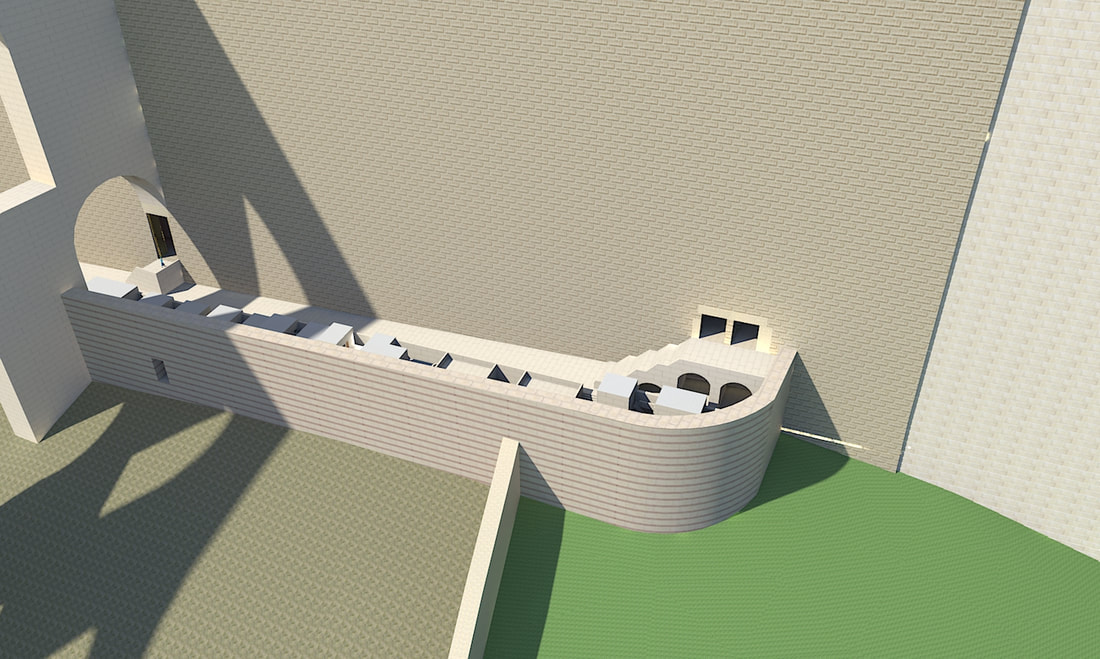
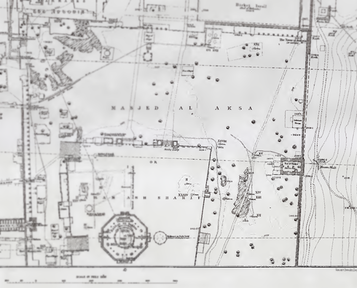
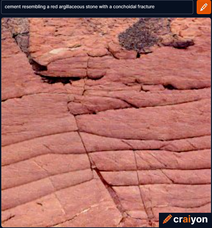
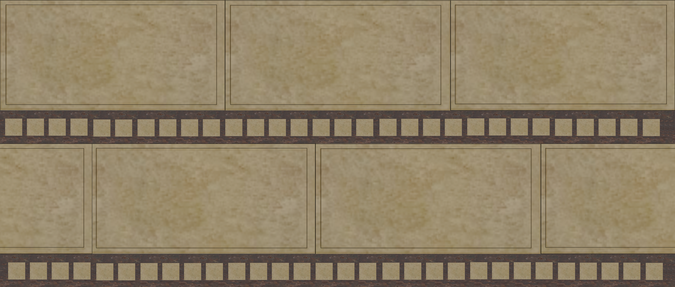
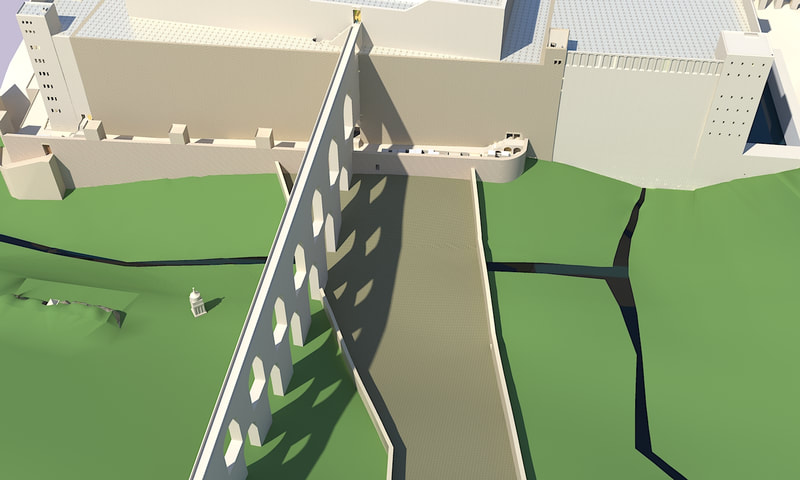
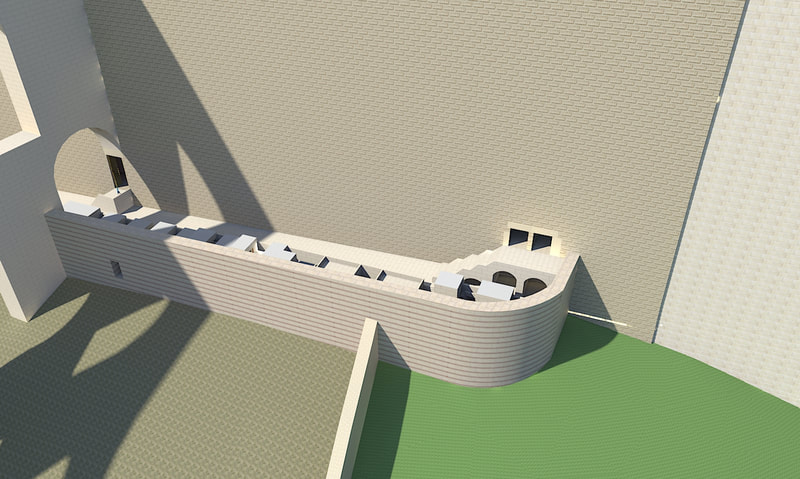
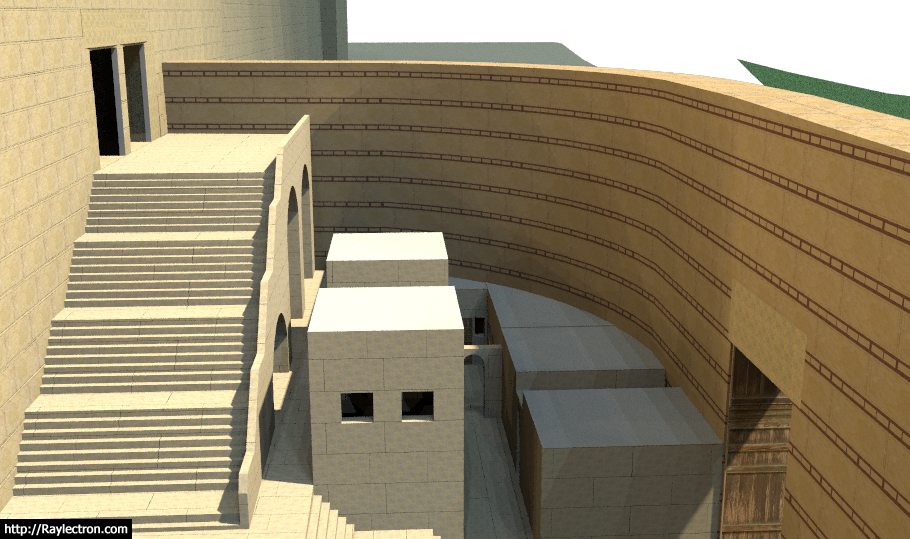
 RSS Feed
RSS Feed